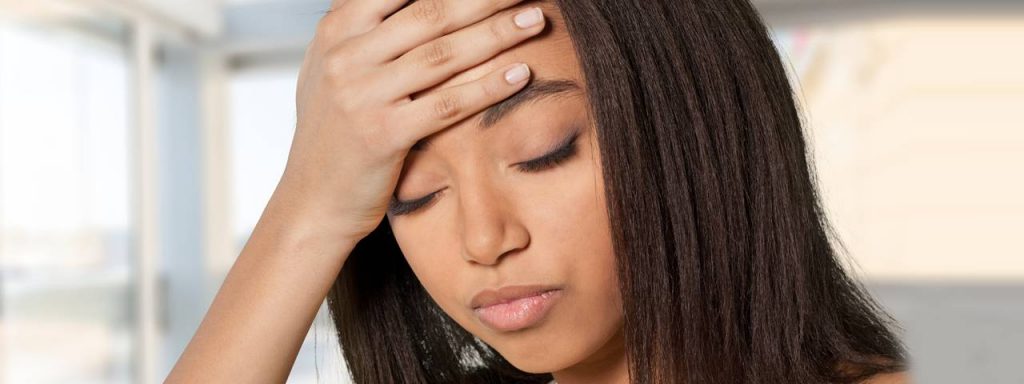

This treatment plan is monitored closely by a neuro-optometrist to help develop, rehabilitate, and enhance visual skills and processing. Our neuro-optometric rehabilitation involves vision therapy, which utilizes a sequence of neurosensory and neuromuscular activities that are individually prescribed. This can include visual neglect, a common condition which occurs after strokes. Visual Perception: deficit in the way your brain processes and interprets visual information.This may result in double vision or eye strain. Eye Turns: an eye turn, or strabismus, is a condition where both eyes do not look at the same place at the same time.This may also impact the ability to drive or cause a greater risk of falls. Visual Field Defects: partial loss of peripheral vision, resulting in reduced mobility or frequently bumping into objects.

May often result in squinting or straining in various lighting, or may trigger migraine headaches. Light Sensitivity: sensitivity to light, or photophobia, such as sunlight or fluorescent lighting.Eye Tracking: conditions involving difficulty with eye movements, such as smooth tracking, shifting gaze, and maintaining fixation.Eye Focusing: conditions related to difficulty with accommodation (focusing ability), such as poor flexibility or strength.The most common condition is convergence insufficiency when your eyes cannot coordinate properly during close work. Eye Coordination: conditions that occur when your eyes do not work together as a team.These symptoms are caused by several visual, perceptual, and motor disorders that manifest after a head injury. Common Post-Brain Injury Vision Conditions


 0 kommentar(er)
0 kommentar(er)
